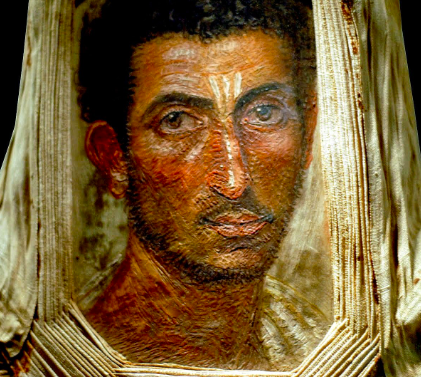Contemporary Portraiture




Portraiture evolves and takes on new forms as we will always have the instinct to document our identities. From digital photography to the use of new technologies like artificial intelligence, contemporary portraiture offers limitless possibilities for capturing the essence of individuals. As we look to the past for inspiration for contemporary portraits, we can better understand their importance and context for the future. This month at Town we want to dive into this human instinct to capture and preserve identities, creatively, with a history of portraiture.
Time Capsule: The History of Portraiture
Portraiture has been a significant part of human history. For thousands of years, starting with ancient Egyptian hieroglyphs to contemporary digital photography, portraiture has played an important role in capturing the essence of individuals and preserving memories.
Timeline 0- Rock Art and Egyptian Hieroglyphs
The earliest form of portraiture can be traced back to prehistoric times when rock art was used to depict human figures in the caves at Lascaux. Art and the depiction of life and people and incidents are one of the benchmarks of our evolution as humans. How we view ourselves, events, and life and death, captured and personified are integral to our humanity.
Portraiture in ancient Egypt was also an important part of their cultural and religious practices and was first depicted in the form of hieroglyphs. These portraits were commissioned to commemorate the achievements and accomplishments of rulers and were created to preserve the legacy of rulers and nobles, in real and in the afterlife.
The Birth of Modern Portraiture: Renaissance Portraiture
The Renaissance witnessed a transformation in how portraiture was approached. Portraiture became less about documenting events or riches, and more about capturing a person's inner world and character. More than a representation of their physical appearance, portraits during the Renaissance beg the question, “what were they thinking?”, no portrait communicates this more than the Mona Lisa, by Leonardo da Vinci. This period included some of the most famous portrait artists in history, including Leonardo da Vinci and Jan van Eyck, who painted portraits that were not only beautiful but also conveyed the mysteries of the human psyche.
19th Century Portraiture and Photography
Photography was invented in the 19th century, and portraiture once again, underwent another major shift. Photography revolutionized portraiture. It made it possible to capture a singular moment in time and preserve it forever. The camera also made it easier and more accessible for people to have their portraits taken, and photographers started playing a larger role in society.
Contemporary Portraiture and The Future
From ancient hieroglyphs to contemporary digital photography, portraiture has played an important role in how we see ourselves, and how we preserve our identities in time. Now our portraits are head shots or images on social media, and with smartphones nearly everyone can take a selfie and slap a filter on it. But for true mastery of the portrait, photographers, and painters are able to evoke the identity behind a smile or lack thereof. Artists are able to communicate much more and who you have behind the lens, makes a difference.
If you are interested in exploring Town for portraiture, book time here.
See work from Town here.

